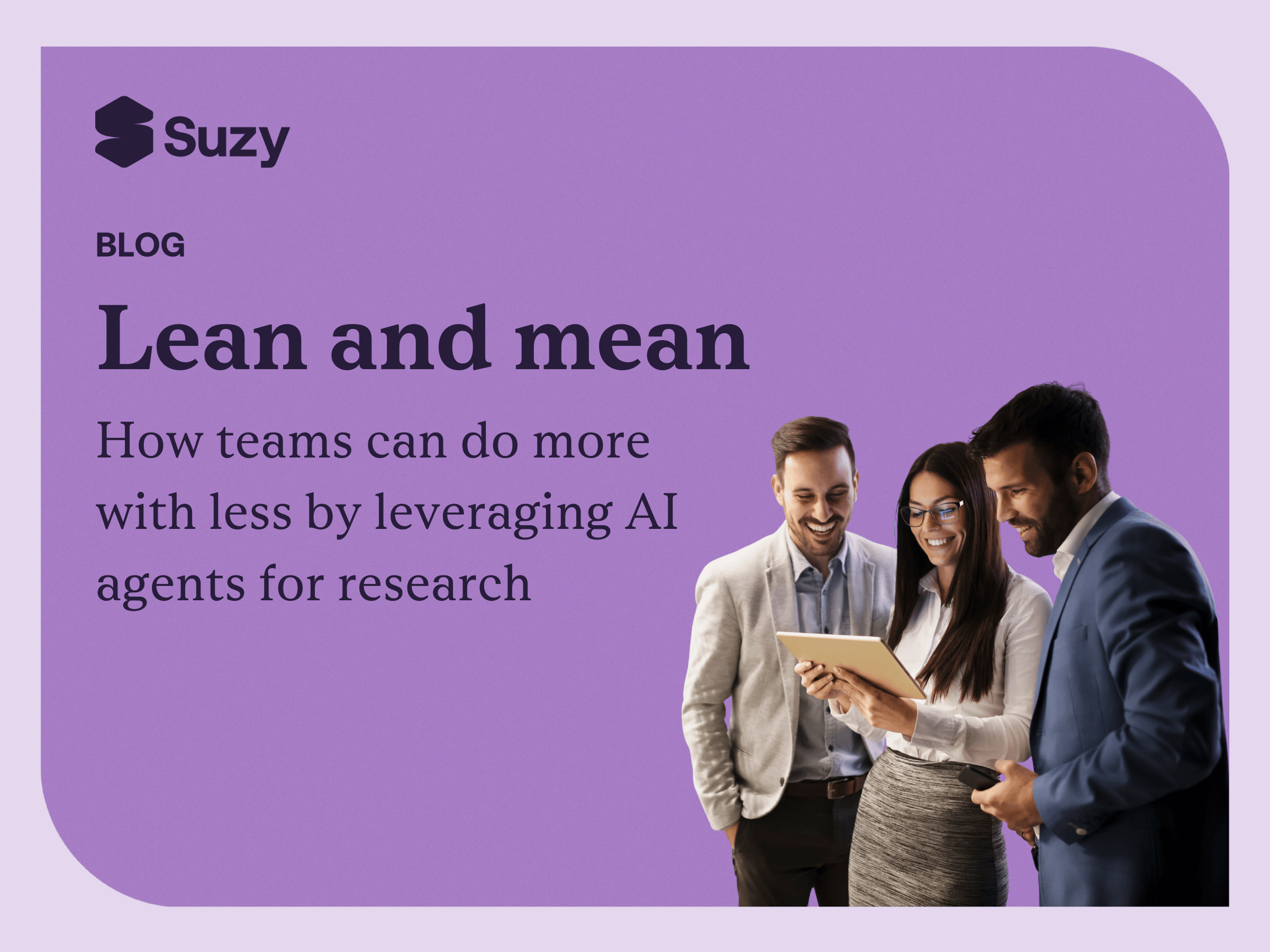Statistics only go so far. Statistical thinking, however, can take your research to the next level.
By: Steve Seiferheld, Former Sr. Director, Center of Excellence
I’ve taught introductory statistics at the college level many times. Judging by how unexcited students were to be taking the class, I can only imagine how much of a hook “statistical thinking” is for a blog post. But the truth is, we all think statistically. Every day. You also think every day about how to increase your customer base and draw incremental revenue from those customers. Let’s connect the dots between statistical thinking and your business to help you understand your customers better.
Statistics 101
Variation forms the basis of statistics. When we collect data, we see inconsistency. Consider your blood pressure. If we measure your blood pressure 10 times, once per day over 10 days, we’ll see inconsistency. Why? Many possible reasons – mood, physical activity, stress level, how much salt you’ve eaten, etc. These are assignable causes of why your blood pressure might vary.
Now, if we measure your blood pressure 10 times over the course of 20 minutes, with you doing the same thing in the same place, we’ll again see inconsistency. Why? In this example, your mood, physical activity, stress level, salt intake, etc. should be unchanged. Why are the numbers changing? Random variation. There’s no assignable cause, just random noise.
The key to statistics is to measure variation in data and to determine what percentage of variation can be attributed to an assignable cause instead of randomness. This premise comes up in market research during every single study. Consider a simple ranking exercise – “Please rank your preferred time to eat dinner on a daily basis.” Answer options are 5 pm, 6 pm, 7 pm, and 8 pm. On the surface, this question seems simple. But as we analyze the data, think of sources of variation that can enter each person’s answer. Consider:
a. What time does the person typically have lunch?
b. Is the person eating alone or with others?
c. Is the person eating out on a Saturday night or at home on a Tuesday evening?
d. What time did the person have dinner the night before?
e. How old is the person? (Diners don’t have early-bird specials for Generation Z.)
Failure to account for or recognize possible confounders can lead us to inconclusive or even falsely conclusive results.
Process Capability in Statisitical Thinking
Let’s return to the blood pressure example to understand another key premise in statistical thinking – process capability. There is another reason that blood pressure results could vary over a short period of time, and that is measurement error. The sphygmomanometer might not be precise enough to return the same results even if the blood pressure is unchanged. In this case, our process isn’t capable of enough precision to expect consistent results. Rather, we must expect an amount of variation due to that imprecision.
Process capability arose out of Motorola concerning manufacturing processes, but it applies to humans. There exists no entity in the world more variable than a human being. We choose different outfits every day. We eat different foods for breakfast, lunch, and dinner daily. Some days we read, some we watch TV, some we go hiking. Why? Because we want to. When my car needs fuel, I put gas in it, regular unleaded gasoline. I don’t mix its fuels; it doesn’t require that. But humans, we mix it all up.
Now, let’s apply that concept to market research and the dinnertime example. If you ask me today, I’ll choose 6 pm. Two teen boys on summer break, things happen later in the day. During the school year, I’ll say 5 pm. The boys get hungry early, and it’s easier for me to feed them an early dinner rather than them snacking all afternoon. If the boys are on vacation with Mom, I’ll choose 7 pm. I can work later, get more done, then just throw together a quick meal or eat out. I’m the same person. But my answers can vary, in this case for assignable causes.
But what about random variation and humans? I just had an amazing meal at Restaurant X. Consider the question “How satisfied were you with your meal at Restaurant X?” If I get the survey immediately after the meal, I’ll probably say “very satisfied.” Now, on the way home I get a flat tire, then I get home and find my porch packages stolen. I’m in a foul mood. Then the survey pops up. Same delicious meal, but I’m foul, so I just say, “somewhat satisfied.” As a human, do I really have the capability to compartmentalize my emotions to precisely answer the question?
Connecting the Dots: Statistical Thinking and Market Research
When we conduct survey research, we use sample sizes meant to overcome the sources of variation exemplified above. But even so, we take results in context. Precision is a relative term in market research. If you conduct a survey to find out what percentage of people own an iPhone, realize that even if you use valid sampling procedures, collect a truly nationally representative sample, and execute all aspects properly, your point estimate is just that, an estimate. If 48% of your sample say they own an iPhone, that means 48% is the most likely point estimate compared to all other options. In all likelihood, the true answer isn’t 48%. And if you do need absolute precision on that 48%, be prepared to sample thousands of people. Now, if your true objective is to measure the relative difference in ownership between iPhone 15 v. iPhone 14, that level of precision isn’t as vital. A smaller sample will give you a sense of the gap. That’s statistical thinking in action.
Ready to put statistical thinking to use? Try our statistical significance calculator below.
Last Words
To emphasize and summarize, we all think statistically. Every day. We all work with uncertainty, risk, and information. Taking an extra moment to think constructively about how to use statistics within research improves the soundness of our decision-making. And making sound decisions, that’s a hook.
.webp)
.avif)




.png)

